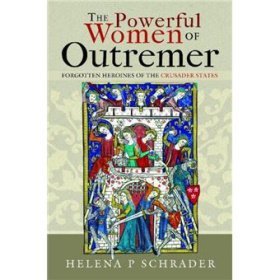Summer
Ibelin faction capture the last imperial stronghold, Tyre, ending Hohenstaufen rule in the Kingdom of Jerusalem.
1244
11 July
Khwarazmians seize Jerusalem, slaughtering tens of thousands and desecrating churches; Tower of David falls August 23;
17 October
Combined Christian/Syrian force crushed at the Battle of La Forbie with heavy losses by an Egyptian/Khwarazmian coalition;
December
Louis IX vows to recover Jerusalem.
1245
2 October
Al-Salih takes Damascus.
1246
date unknown
Pope Innocent IV absolves the king of Cyprus of all oaths to the Holy Roman Emperor, making Cyprus an independent kingdom;
March
Khwarazmians turn on al-Salih and besiege Damascus;
May
Ayyubids destroy the Khwarazmians.
1247
Ascalon falls to the Muslims.
1248
25 August
Louis IX’s fleet sets sail from Aigues-Mortes for Cyprus, which has been pre-provisioned.
1249
5 June
Seventh Crusade under Louis IX arrives in Egypt; quickly captures Damietta;
November
Death of Sultan al-Salih.
1250
8-9 February
Louis IX suffers a devastating defeat at the Battle of Mansourah in Egpyt;

























